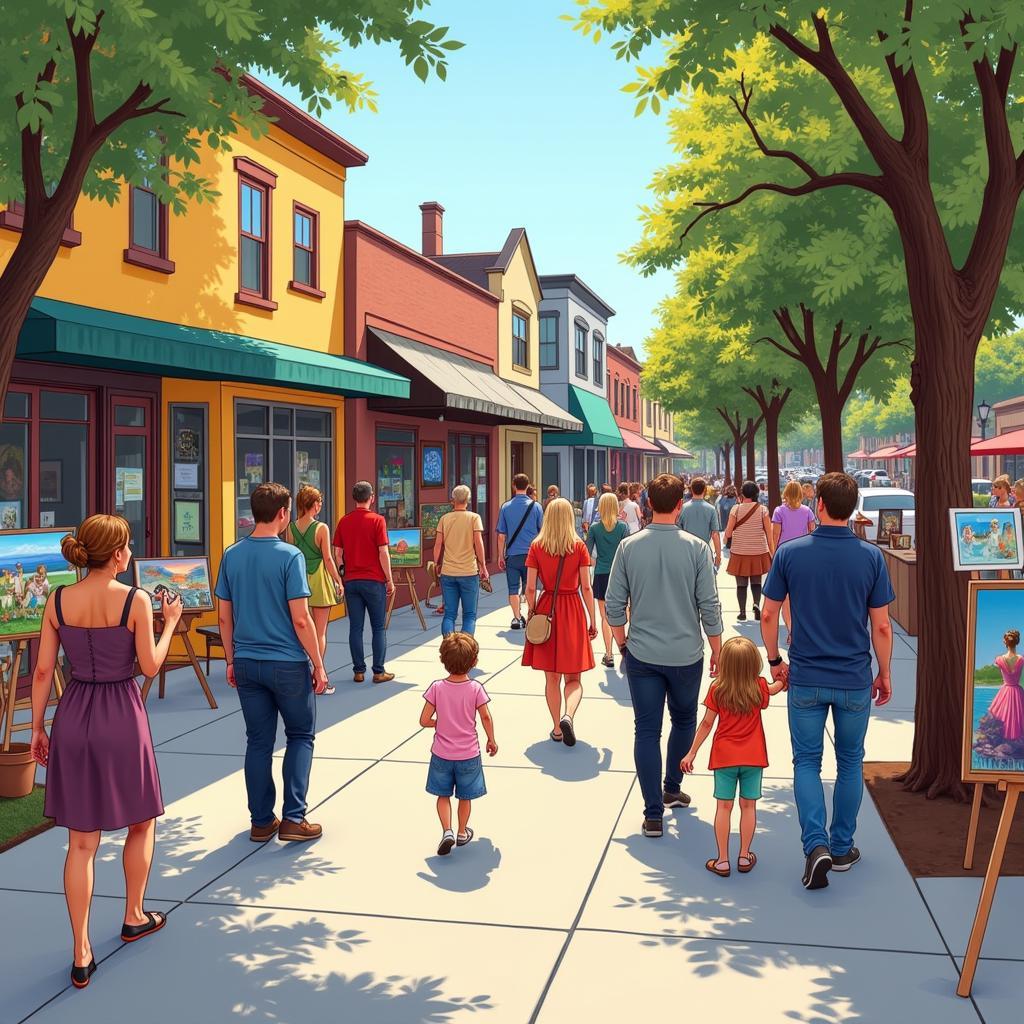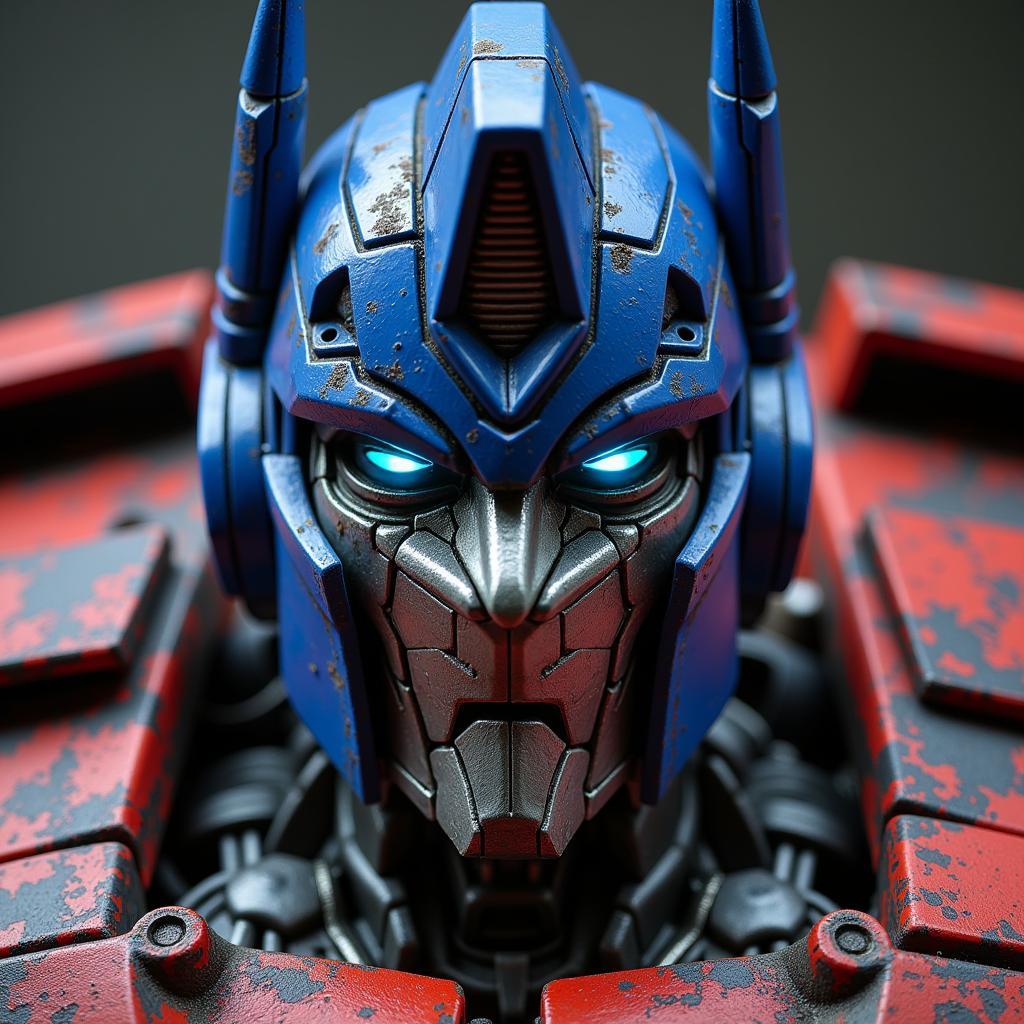Art and Ideology: A Digital Canvas for Expression and Critique
Art And Ideology are intrinsically linked. From the earliest cave paintings to the most cutting-edge digital installations, art reflects, reinforces, and challenges the dominant ideologies of its time. It acts as a mirror to society, revealing its values, beliefs, and power structures.  Cave paintings depicting hunting scenes and social rituals: An early example of art reflecting societal values and beliefs.
Cave paintings depicting hunting scenes and social rituals: An early example of art reflecting societal values and beliefs.
Exploring the Intertwined Nature of Art and Ideology
How does art become a vessel for ideology? It’s a complex relationship, often operating on multiple levels. Sometimes, art overtly promotes a specific ideology, acting as propaganda. Think of the heroic socialist realism of the Soviet era or the nationalistic art commissioned by authoritarian regimes. Other times, the relationship is more subtle, embedded in the very fabric of the artwork’s form, content, and context. Even the choice of subject matter, the style employed, and the way an artwork is presented can reflect and perpetuate certain ideological perspectives.
Deconstructing Ideological Influences in Art
Understanding the interplay between art and ideology requires a critical eye. We must ask: Who created the artwork and for what purpose? Who is the intended audience? What values and beliefs are being communicated, either explicitly or implicitly? By analyzing these factors, we can begin to unpack the ideological messages embedded within art and assess their impact on society. For example, the depiction of women in art throughout history often reflects prevailing societal attitudes towards gender roles and expectations.  Representations of women in art throughout history, showcasing evolving societal attitudes towards gender roles.
Representations of women in art throughout history, showcasing evolving societal attitudes towards gender roles.
The Power of Art to Challenge and Subvert
Art doesn’t simply reflect ideology; it can also challenge and subvert it. Artists have long used their creative voices to critique dominant power structures, expose social injustices, and advocate for change. Think of the powerful anti-war art that emerged during the Vietnam War or the vibrant street art that gives voice to marginalized communities. These artistic expressions act as powerful tools for social commentary and political activism.
Art as a Catalyst for Social Change
Throughout history, art has played a vital role in sparking social movements and inspiring social transformation. By challenging the status quo and offering alternative visions of the world, art can ignite conversations, raise awareness, and mobilize people to action. Consider the impact of fishers of men art on social consciousness, its thought-provoking imagery prompting reflection and dialogue on important social themes.
The Digital Age: New Frontiers in Art and Ideology
The digital age has ushered in new possibilities for artistic expression and ideological engagement. Digital art, with its fluidity, accessibility, and interactive potential, offers a powerful platform for artists to explore the complexities of art and ideology in novel and engaging ways. From virtual reality experiences that immerse viewers in alternative realities to online communities that foster collaborative art-making, digital technologies are transforming the landscape of artistic creation and social commentary. The rise of phyrexia art exemplifies this trend, blending traditional artistic principles with digital tools to create compelling visual narratives.
Conclusion
The relationship between art and ideology is a dynamic and ever-evolving one. By understanding how art reflects, reinforces, and challenges prevailing ideologies, we can gain a deeper appreciation of the power of art to shape our understanding of the world and inspire social change. As digital technologies continue to evolve, the intersection of art and ideology will undoubtedly yield new and exciting forms of creative expression and critical engagement. The evolving landscape of fred hampton art provides a compelling case study in how art can serve as a potent vehicle for social commentary and political activism in the digital age.
FAQ
- How does art reflect ideology?
Art reflects ideology by embodying the values, beliefs, and power structures of a particular time and place.
- Can art be separated from ideology?
While all art exists within an ideological context, the degree to which it explicitly promotes or subtly reflects ideology varies greatly.
- How can I analyze the ideological messages in art?
Consider the artist’s background, the intended audience, the historical context, and the symbols and imagery used.
- What is the role of art in social change?
Art can challenge the status quo, raise awareness about social issues, and inspire collective action.
- How is digital technology changing the relationship between art and ideology?
Digital technology offers new platforms and tools for artists to express themselves and engage with social and political issues in innovative ways.
Need assistance? Contact us 24/7 at Phone: 02462573573, Email: [email protected] Or visit us at Savico Megamall, 7-9 Đ. Nguyễn Văn Linh, Gia Thụy, Long Biên, Hà Nội 10000, Việt Nam.



